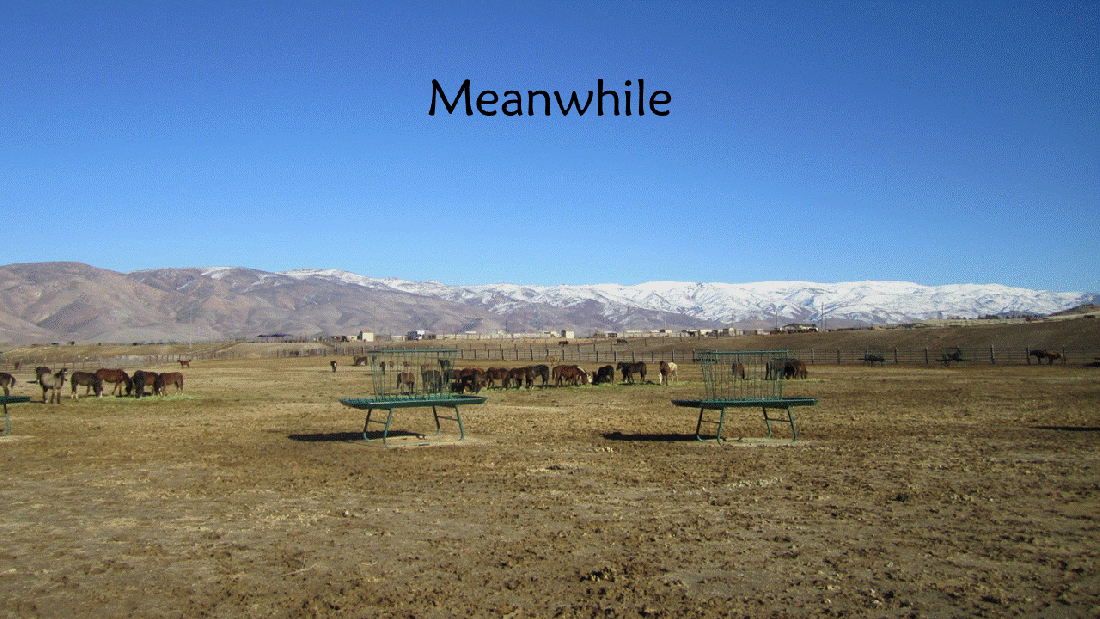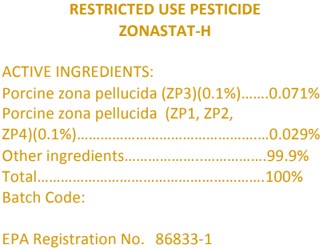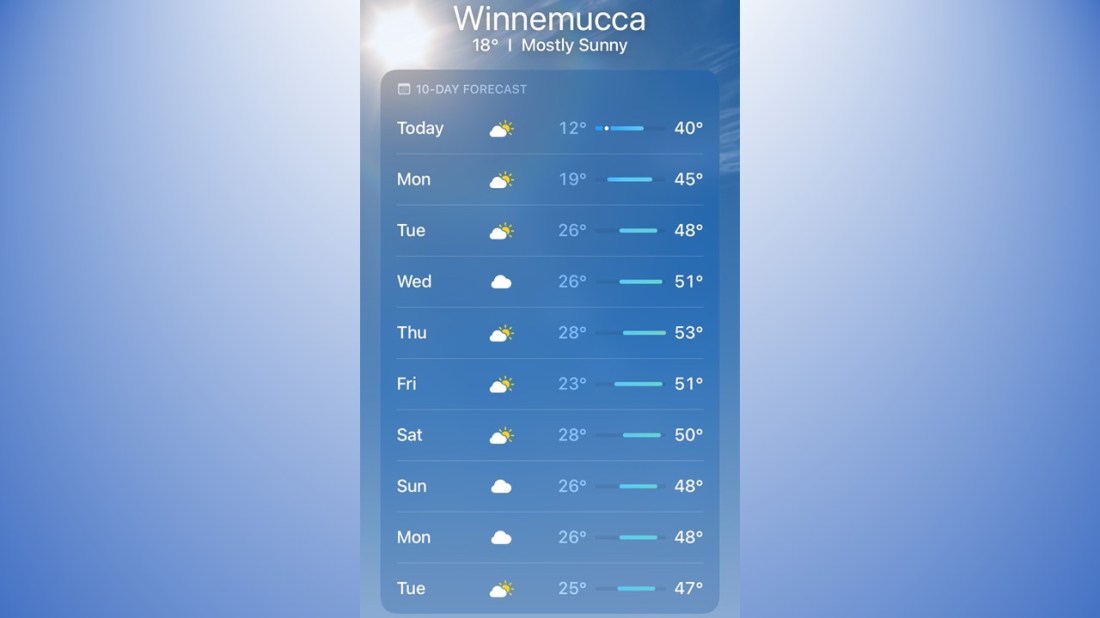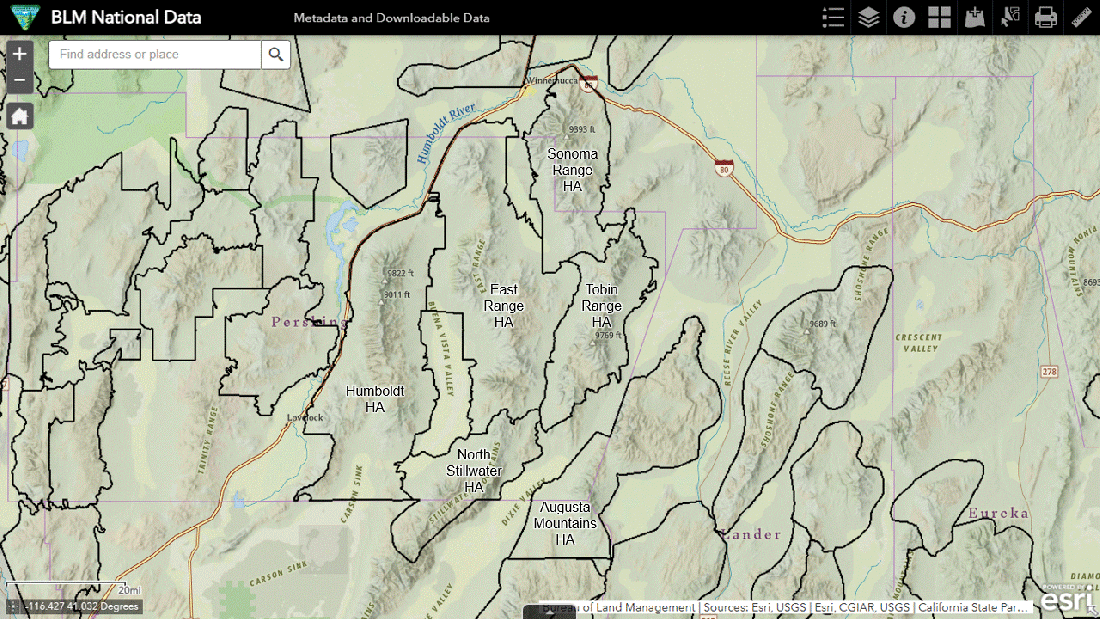The incident began on December 28. Results through December 30:
- Scope: Sonoma Range HA, East Range HA, Humboldt HA, Tobin Range HMA, North Stillwater HMA, Augusta Mountains HMA
- Purpose: Pest control, resource enforcement, rancher protection
- Target: Horses
- Type: Planned
- Method: Helicopter
- Category: Cruel and costly*
- Better way: Thin the herd with ovary-killing pesticides*
- Captured: 324, up from 142 on Day 1
- Average daily take: 108.0
- Capture goal: 2,875
- Removal goal: 2,875
- Returned: None
- Deaths: 4, up from zero on Day 1
- Shipped: 148, up from zero on Day 1
Two mares were dispatched on Day 3 due to injuries sustained in capture.
Two horses were put down for pre-existing conditions on Day 2 but the details are not visible in the daily reports.
The death rate is 1.2%.
The capture total includes 143 stallions, 175 mares and 6 foals.
Youngsters represented 1.9% of the animals gathered.
Of the adults, 45.0% were male and 55.0% were female.
Body condition scores averaged 3.
The location of the trap site was not given.
The Complex is managed primarily for animal agriculture. The National Data Viewer shows habitat loss and grazing allotments. Click on image to open in new tab.
*According to advocates.

Day 3 ended with 170 unaccounted-for animals.
There are no plans to treat any of the captured mares with fertility control pesticides and return them to the range.
Other statistics:
- Forage liberated to date: 3,888 AUMs per year
- Water liberated to date: 3,240 gallons per day
- Horses allowed by plan: 555
- Pre-gather population: 3,375
- Forage assigned to horses: 6,660 AUMs per year
- Forage assigned to livestock: Not determined
- Horses displaced from Complex by permitted grazing: Not determined
- True AML: Not determined
- Stocking rate at new AML: Not determined
- Horses displaced by drilling and mining: Ask the advocates
Overpopulation means more horses than allowed by plan, not necessarily more horses than the land can support.
The ability of the Complex to sustain wild horses has been severely limited by the bureaucrats, who have assigned most of their food to the public-lands ranchers.
RELATED: East Pershing Roundup Begins.













